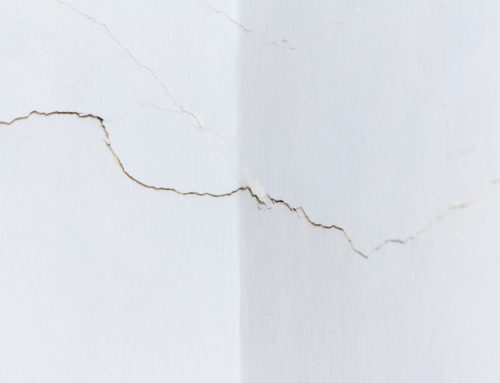Drought conditions in Texas, particularly in the Dallas and Fort Worth areas, pose significant risks to the integrity of both slab and pier and beam foundations. The combination of hot weather and shifting clay soils can lead to serious foundation issues that often require professional repair services. Understanding how to prevent and address these problems is essential for maintaining the structural health of your property.
Preventing Drought Foundation Damage in Texas
One of the key strategies to mitigate drought-related foundation damage is to maintain consistent moisture levels around your foundation. This is crucial because the clay soils prevalent in Texas tend to shrink or contract when they dry out, leading to foundation movement and potential cracking. Here are practical steps to prevent this damage:
- Moisture Regulation: To prevent the soil around your foundation from becoming too dry, use soaker hoses to maintain slight dampness. Position these hoses around your foundation and let them run for about 15-20 minutes each day during the summer months. This simple practice helps maintain an even moisture level and prevents the soil from contracting excessively.
- Effective Water Dispersal: Ensure that your gutter system is effectively directing water away from your foundation. Proper downspout placement and functioning can divert water flow, preventing the washing away of critical soil underneath the foundation during heavy rains, which is common when temperatures soar to 90-100 degrees.

How Foundation Repair Stops Drought Damage
Despite preventive measures, some homes may still experience foundation issues due to the harsh climate and soil conditions in Texas. Here’s how professional foundation repair can mitigate the effects of drought damage:
- Structural Evaluation and Repair: If you suspect that your home has been affected by drought-related soil movement, it is crucial to have a foundation repair contractor perform a comprehensive evaluation of your structure. Identifying problems early can prevent more severe damage.
- Installation of Foundation Piers: One effective repair solution is the installation of foundation piers. These piers are driven deep into the ground to more stable soil layers, bypassing the volatile surface clay soils. By doing so, they provide a stable base that minimizes foundation movement caused by soil contraction during droughts.
- Leveling and Stabilization: Foundation piers not only prevent further damage but also help to correct existing issues by leveling and stabilizing the foundation. This is particularly important for homes that have already begun to show signs of uneven settling or cracking.
The Importance of Timely Action
Addressing foundation problems as soon as they are detected can save homeowners significant amounts of money in the long run. Early intervention prevents minor issues from escalating into major repairs and helps maintain the property’s value. It’s important for property owners in the DFW metroplex to stay informed about local soil conditions and drought patterns, as these environmental factors directly impact foundation health.
For residents in the Dallas, Fort Worth, and Arlington areas, Discount Foundation Repair provides expert evaluation and repair services tailored to combat drought-induced foundation damage. Our team uses the latest techniques and technology to ensure your foundation is secure and stable, regardless of the weather conditions.
Contact Us for Expert Foundation Solutions
If you’re concerned about potential drought foundation damage or have noticed signs of foundation issues, don’t hesitate to reach out. Discount Foundation Repair offers free foundation evaluations, giving you peace of mind and a clear path to protecting your home. Our experienced professionals are dedicated to delivering high-quality solutions that ensure the longevity and safety of your property. Contact us today to schedule your assessment and take proactive steps to safeguard your investment against the harsh Texas climate.





